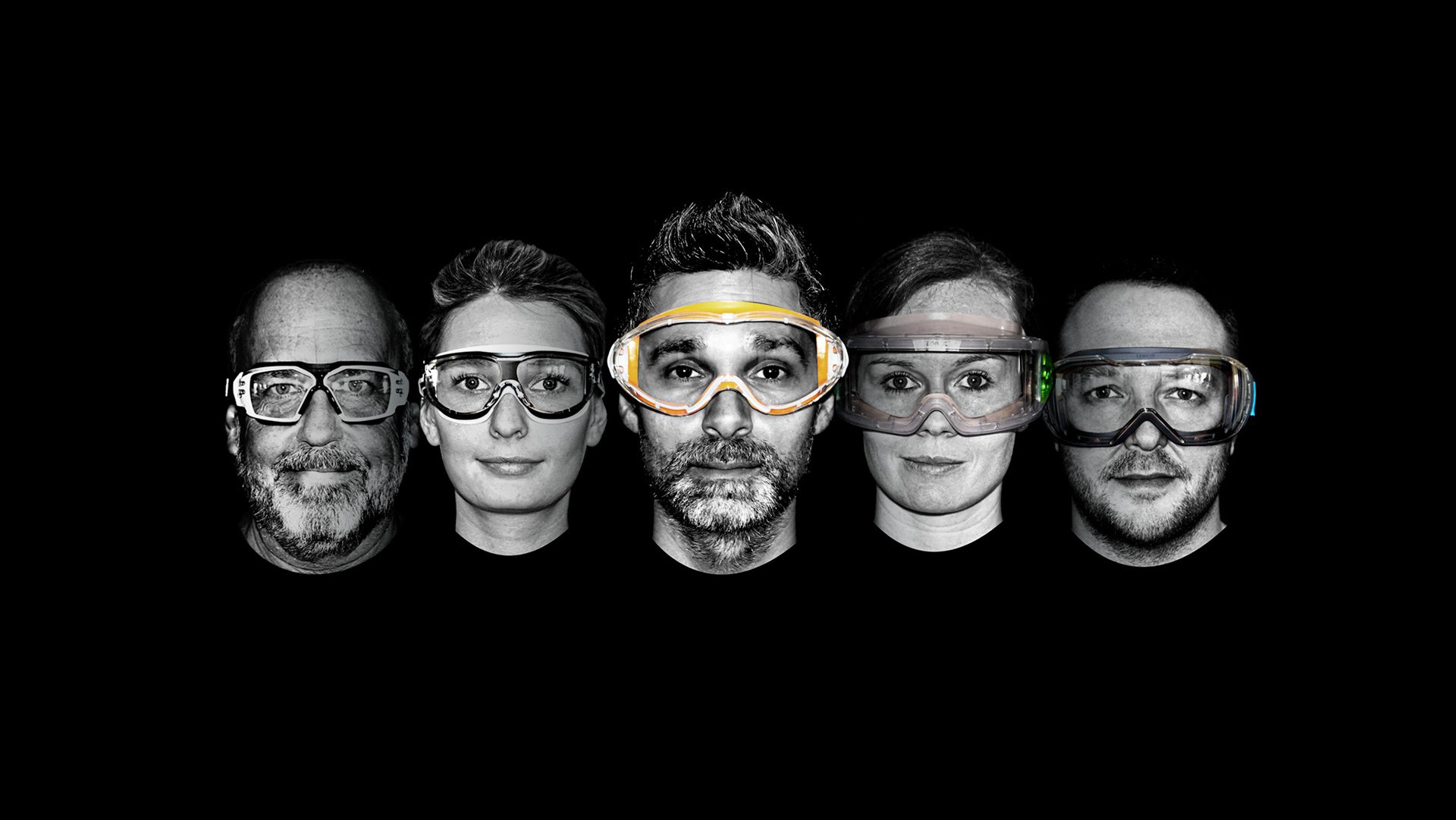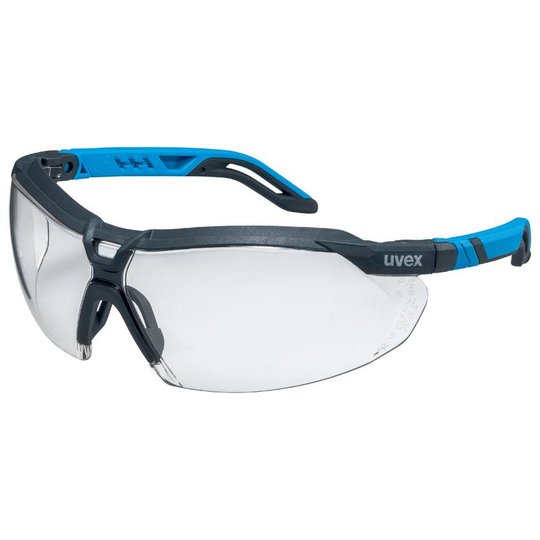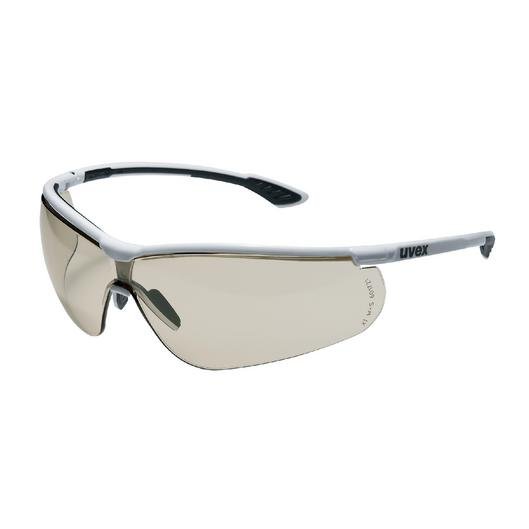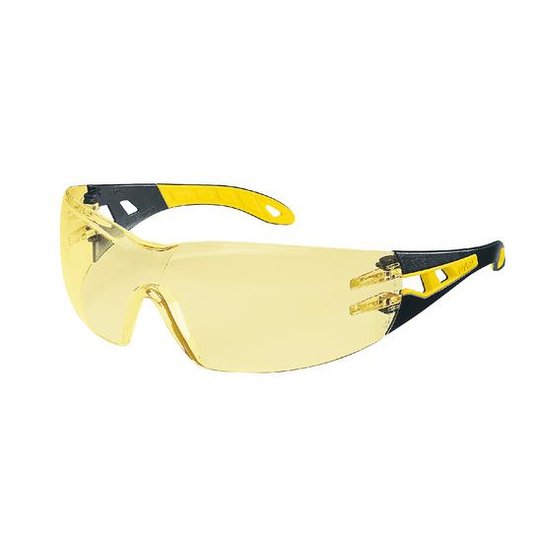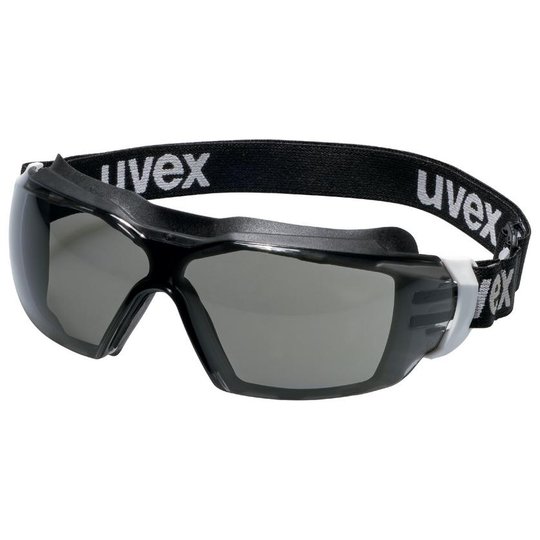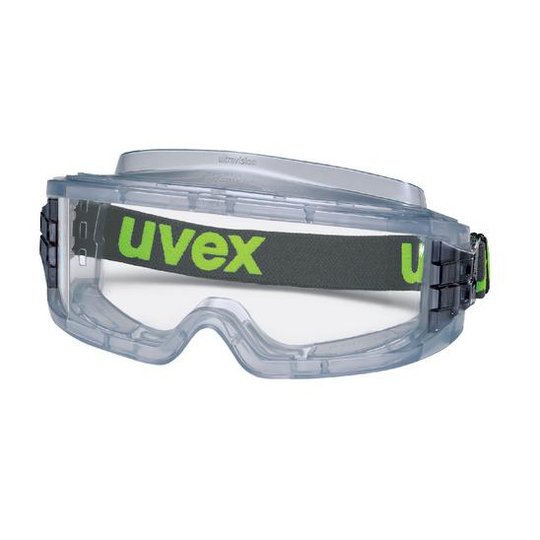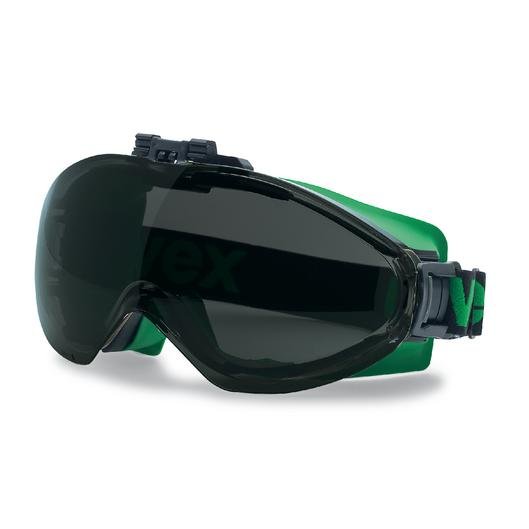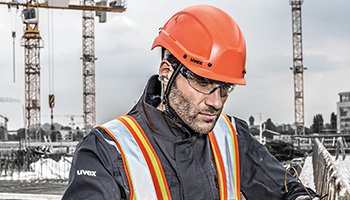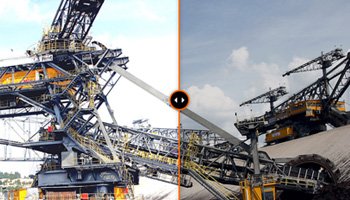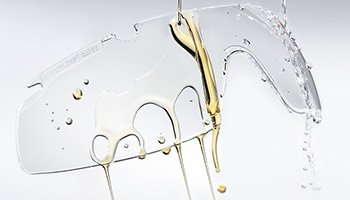What happens during a uvex safety eyewear clinic?
- Initial consultation: Different environments require different levels of protection, lens coatings and filters or tints. The uvex expert will discuss and identify safety eyewear options with the employer based on the risk assessment and pre-qualification questionnaire to create a range of suitable options.
- Fit assessment: During the uvex fit clinic, the employee will be asked to provide feedback on their current safety eyewear, including how it fits, feels, and any issues they might be experiencing
- Eyewear selection: The individual will try on different styles of safety eyewear from the approved range to find the best fit. The uvex expert will focus on the individual’s head and facial dimensions to determine the correct size and shape of the eyewear, ensuring there are no excessive gaps that could allow debris or harmful substances to enter between the frame and face. This process will also check for good peripheral vision, ensure that the eyewear stays securely in place without pressure points, is comfortable on the nose bridge and behind the ears, and is compatible with other PPE worn.
- Compatibility check: Often workers have to wear multiple types of PPE, and the uvex expert will check that the selected eyewear is compatible with other PPE, such as helmets or masks, to ensure comprehensive protection.
- Final fitting: Once the best fit is determined, the chosen eyewear is recorded, and any necessary adjustments are made to ensure optimal comfort and protection.
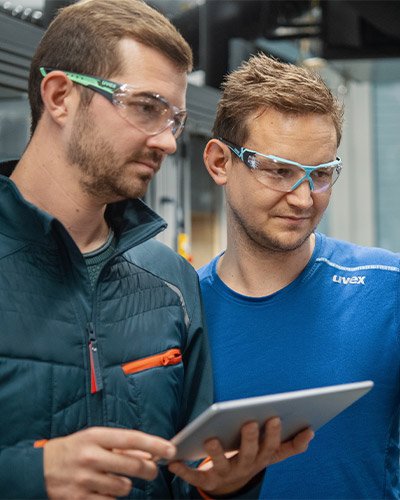
By participating in a uvex safety eyewear clinic, employees can find the perfect fit for their safety eyewear, enhancing both comfort and protection. This proactive approach not only supports individual well-being but also promotes a safer working environment.
Selecting the right model
Choose the style and type of frame that suits you and the environment you are working in:
The wide range of uvex styles and designs of safety eyewear allows you to find the product that most suits you. We offer a range of lens shades and coatings to suit a variety of workplace environments and light conditions. All uvex lens options will provide maximum UV protection. Choose the style and type of frame that suits you and the environment you are working in.
